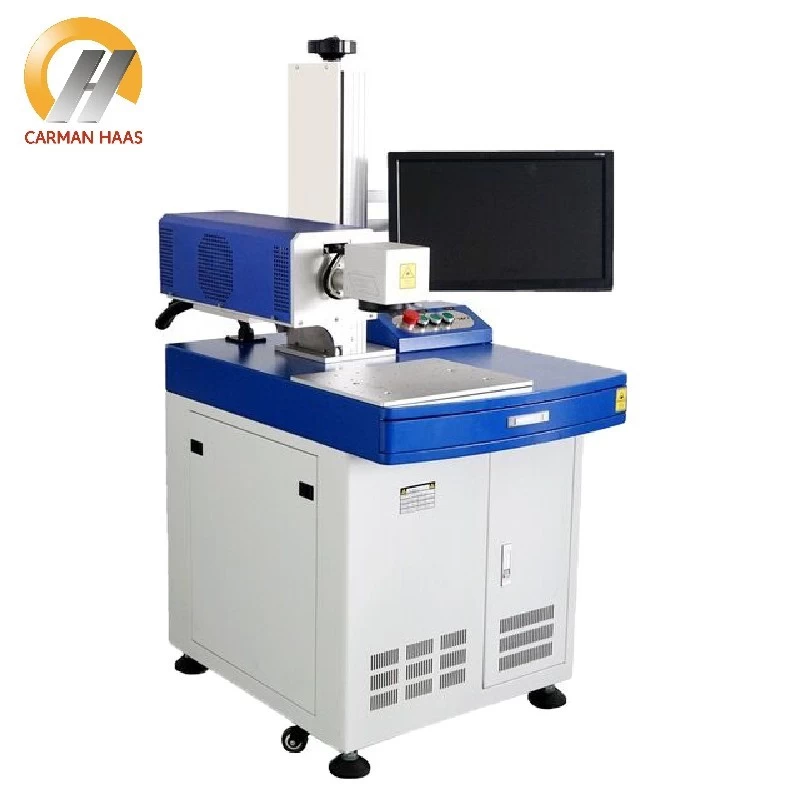Introduction of emerging diffractive optical elements
Diffractive Optical Element, DOE is an emerging optical element that has been booming in recent years. DOE usually uses a micro-nano etching process to form a two-dimensionally distributed diffraction unit. Each diffraction unit can have a specific shape, refractive index, etc., to finely adjust the phase distribution of the laser wave front. The laser diffracts after passing through each diffractive unit and interferes at a certain distance (usually infinity or lens focal plane) to form a specific light intensity distribution.

Aspheric Fused Silica Focusing lens
After the advent of diffractive optical elements, it has shown great application potential in the fields of high-power laser, laser processing, laser medical treatment, micro imaging, lidar, structured light illumination, laser display, etc. Its advantages mainly lie in:
1) High efficiency. The precise design of the diffraction unit structure can ensure that nearly 100% of the laser energy is projected onto the required pattern, and the efficiency is much higher than the mask and other means;
2) Easy to use. The diffractive optical element has a very small volume and weight, and can be used when inserted into the optical path; in most cases, it can be used with standard lenses, field lenses, micro objectives, etc.
3) Flexibility. Thanks to the rapid development of micro-nano processing technology, DOE can be customized for different lasers or different target light intensity/phase distribution. At the same time, the optical path structure of the DOE application is very simple. In use, different lenses can be used to achieve different geometric spot sizes.
As a new type of optical device, it is necessary to understand its characteristics when selecting/using diffractive optical elements.

According to different uses, DOE can generally be divided into beam shaping, beam splitting, structured light, multi-focus, and other special beam generation; each category has different principles, design and application characteristics. Generally speaking, before choosing to use DOE components, you should pay attention to the following principles:
1) The light beam generated by the diffractive optical element can not violate the propagation law of the backlight; the specific light intensity distribution constructed by it can only exist within a certain depth of field. Therefore, in use, the required spot shape, size, working distance, depth of field, etc. are sometimes not both, and trade-offs need to be made;
2) The diffractive optical element is usually designed according to the laser wavelength, beam aperture, beam mode (M2), and near-field intensity distribution, so these parameters should be measured more accurately before selection. Mismatch between the use parameters and the design parameters will result in poor use effects or even unavailability;
3) The diffractive optical element is sensitive to the angle of incident light, and requires better accuracy and stability of optical path adjustment;
4) Most of the diffractive optical elements precisely control the wavefront phase of the incident laser, so other components in the optical path such as reflective/transmissive lenses, lenses, etc. should use high-precision, low-wavelength devices, otherwise it will affect the final effect;
5) Like conventional transmission optical elements, according to different wavelengths and laser intensity requirements, diffractive optical elements can be made of infrared materials such as quartz, glass, gemstones, plastics and resins, ZnSe, and antireflection coatings.

















